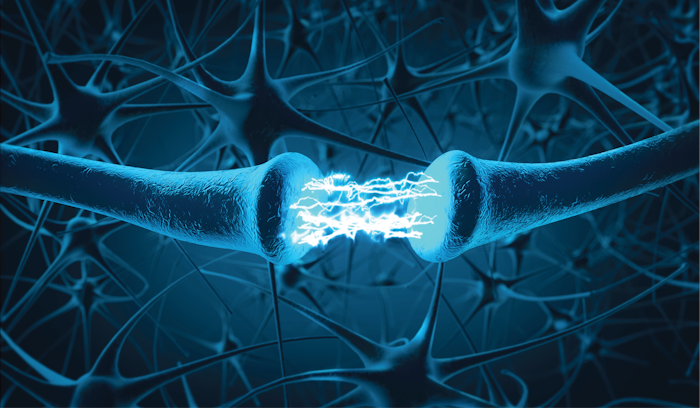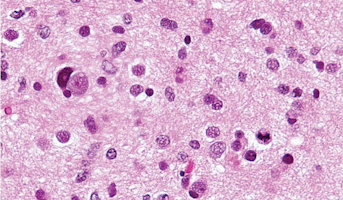Targeting histone H3K4me3 for the treatment of pediatric gliomas
Email Principal Investigator

Guifa Xi
CBTN Data
Backer
St. Baldrick's Foundation Research Grant
About this
Project
Pediatric high-grade gliomas (pHGGs) account for ~20% of childhood brain tumors, and are incurable in nearly all instances, with an average patient survival of fewer than 15 months. Histone post-translational modifications (PTMs) modulate chromatin structure in regulating gene expression. Deregulation of histone PTMs have been reported in pHGGs. However, there are many gaps in our knowledge regarding the mechanisms by which “normal” PTM is subverted during pHGG development. Our recent preliminary results show pHGGs enrich H3K4me3, and that the level of this specific PTM is predictive of the length of patient survival. H3K4me3 levels are controlled by methyltransferase and demethylase activities. Our preliminary gene expression analysis indicates SETD1A and WDR82, enzymatic subunits of human SETD1A containing methyltransferase complex (referred to as hSETD1A-COMPASS), are responsible for H3K4 methylation and are significantly elevated in pHGGs, relative to their level in pediatric low-grade gliomas (pLGGs). As for H3K4me3, the levels of SETD1A and WDR82 also show a direct association with glioma malignancy. Interestingly, similar trend associations do not exist in adult gliomas, suggesting that the influence of hSETD1A-COMPASS activity on glioma development is specific to pHGG.




